Eating Local: 3 of the Best Food Trails in Oregon
These trails are made for noshing – and that’s just what Tim Neville does along three Oregon “food trail” routes. Showcasing locally produced food, beer, and wine, they’re ideal for replenishing after a hike or bike ride, or just for a fun, delicious day out.
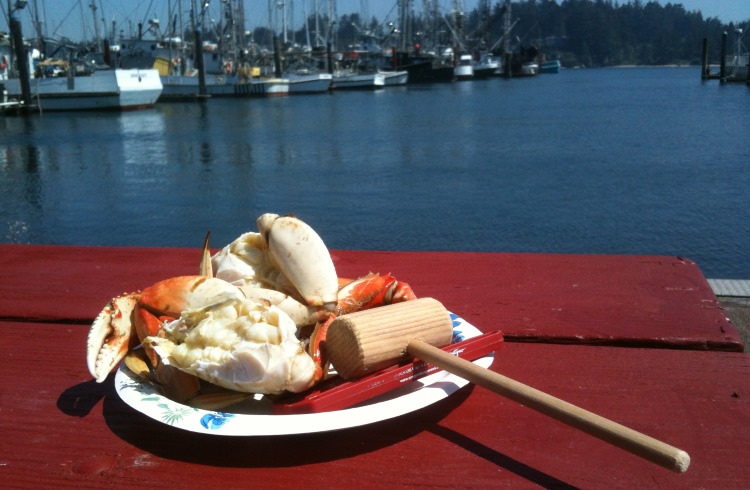 Photo © Tim Neville
Photo © Tim Neville
It’s been a big day of play in the high Cascades of central Oregon and my friends and I are famished. For the past six hours or so we’ve been hiking around a dormant volcano called Black Crater that rises about 7,251ft (2,210m) over the charming town of Sisters, about 150mi (240km) southeast of Portland. More volcanoes rise around us, their piebald summits looking like half-melted scoops of ice cream. Within an hour, we’re back in town tearing into dinner.
It’s easy to burn calories here in the Pacific Northwest, with so many paths to hike and trails to bike, but it’s also easy to replenish them with delicious meals that highlight Oregon’s culinary bounty. The soil under our feet bursts with wild mushrooms and edible greens such as oxalis and miner’s lettuce. You can find fresh steelhead caught in regional waters on brew-pub menus where the beers reek of local hops. One of the best pies in the world comes packed with marionberries, a type of blackberry “invented” here.
It’s little wonder then that over the past few years Oregon has exploded with new “food trails” that highlight chefs and shops dedicated to showcasing local ingredients. These aren’t actual footpaths but a series of stops on self-guided road-tripping (or cycling) routes where you can play hard in nature and then taste a chunk of it, too.
You can find these all over the country. There’s the Missouri Rhineland with its focus on wine and German food, and the Cajun Bayou Food Trail in Louisiana. One day, I’ll make it out to Pennsylvania for the Cumberland Valley Coffee and Chocolate Trail. Each stop typically focuses on ingredients special to that area. Here in Oregon, we have the South Willamette (pronounced “will-AM-ette”) Valley Food Trail with its artisanal cocktails made with local honey and herbs, and the East Gorge Food Trail where cherries reign. The North Coast Food Trail offers thick bowls of clam chowder.
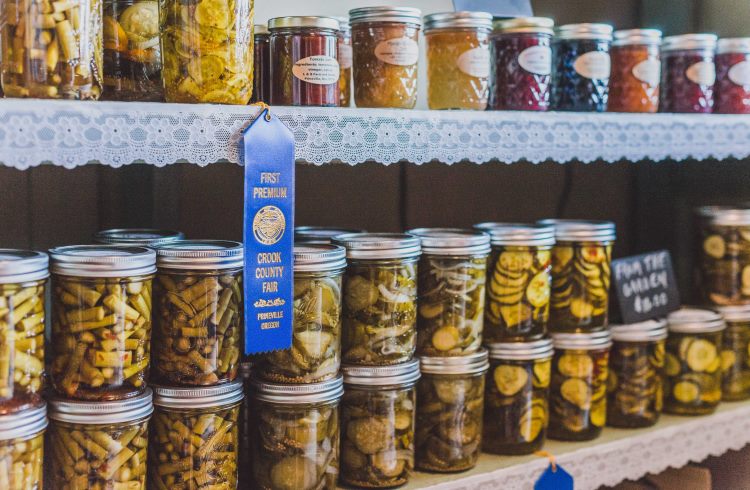
“The bounty and the amount of the ingredients we have is so large,” says Jami Flatt, a chef at Amaterra, a new winery that opened in Portland this year with a farm-to-table-style restaurant. “And it’s all right in our backyard.”
High Desert Food Trail
One of the most recent additions to the state’s food trail scene loops within a few short miles of our hike off the eastern side of McKenzie Pass, down in Sisters, population 3,060, a town in the transition zone between the snowy mountains and the yawning deserts to the east. We pull up to a place called The Barn, where local food trucks park around a central common area with fire pits, a stage, and, yes, a barn, that serves beer from local breweries like Three Creeks Brewing just down the road.
We find a table near one of the fires and order up a “red pie” from Boone Dog Pizza, one of the newer eateries on the food trail. The chef, Daniel St. Lawrence, had started a popular bakery in the mountain town of Bend about 21mi (34km) southeast of Sisters and turned to wood-fired pizzas as a literal platform for local ingredients. “Pizza is kind of the perfect marriage of seasonal, local food, veggies, grains, all on bread, which is my passion,” he tells me.
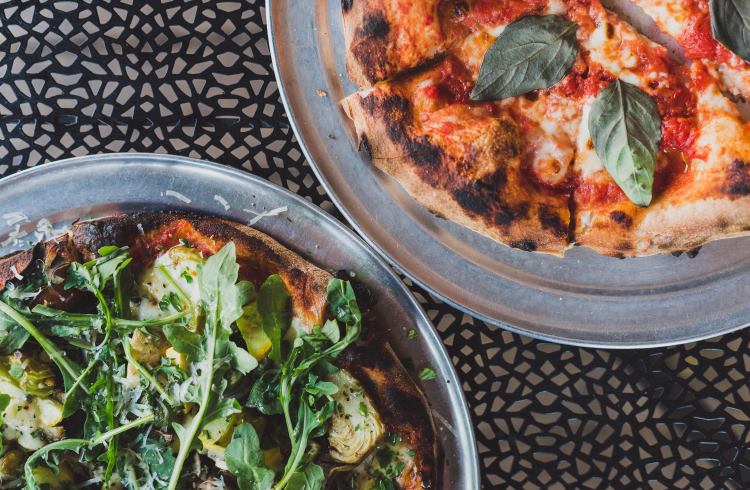
The pizza comes with tomato sauce, Calabrian chiles, parmigiana, extra virgin olive oil, and sea salt, nearly all of it from farms located around the Pacific Northwest and Central Oregon. The meats, for example, come from an animal welfare-certified farm in Corvallis, a college town on the west slope of the Cascades.
In all, the High Desert Food Trail covers 42 stops from La Pine in the south to Madras in the north, a span of 72mi (116 km). You can paddle along Suttle Lake near Camp Sherman and then get huckleberry ice cream at The Boathouse. After mountain biking in Bend you can swing by The Ale Apothecary for beers made with wild yeasts cultivated from the air around town. And up in Warm Springs, a community of Native Americans from the Warm Springs, Wasco, and Paiute tribes, you can raft through the volcanic canyons of the Deschutes River and then swing by the non-profit Twisted Teepee for a bowl of traditional lucka’meen, a salmon stew. A message from the cook says it all: “Tribal food sovereignty at its finest.”
Wild Rivers Coast Food Trail
Other food trails around the state have caught my attention over the years, especially the ones that line the Oregon Coast. This western fringe of North America is by far one of the state’s biggest natural attractions, a 360mi (580km) stretch of beaches with towering dunes, bays lined with craggy sea stacks, and rocky reefs piled with sea lions. And every last inch of it is publicly owned. With a fat bike, you can ride for more than a hundred miles (160 km) on the sand – maybe even more if the tide is right.
The community of Coos Bay, which is actually three towns about 210mi (340km) south of Portland, is easily my favorite for its awesome tide pools, surf fishing, expanding mountain bike scene, and hiking around state parks like Cape Arago, a stop on the Oregon Coast Trail (an actual trail). In the winter, the storm-watching at Shore Acres State Park will leave you breathless – but never hungry. Coos is a hub on Wild River Coast Food Trail, which, as you might expect, includes lots of delicious seafood.
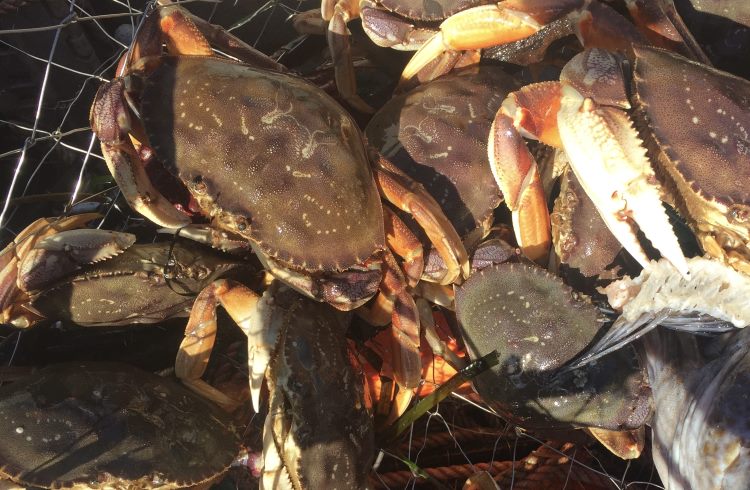
The Shark Bites Cafe in downtown Coos Bay sits across from one of the last Egyptian theaters in the United States but it’s the fish tacos that keep me coming back. You can get local oysters or a salad with Dungeness crab cakes. Farther south in Port Orford, where you can snorkel with the anemones and forage for edible seaweeds, The Nest Cafe serves awesome berry smoothies. I’ve yet to try the “Oregon Burger,” a monster with Oregon bleu cheese and kale.
All in all, there are more than 100 stops on this food trail — including places (ok, bogs) where you can get fresh cranberries – and I’m doing my best to hit them all. Mostly, though, I can never seem to pry myself away from the tide pools at Sunset Bay State Park, where I’ll gather my (legally permitted) limit of mussels and then roast them right there on the beach.
Hood River Fruit Loop
Most people know Hood River for one thing – wind – as this town in the Columbia River Gorge 67mi (108km) east of Portland is a paradise for windsurfers and kite boarders who come for the steady breezes. But in the spring, and particularly the fall, my family and I will make the trip up from our home in Bend to bask in the region’s other major attraction, fruit.
The Hood River Fruit Loop covers about 35mi (56km) of scenic byways that roll past nearly 15,000 acres of orchards and farms, and that you could easily bike. In the spring, those fruit trees turn on a spectacular show with delicate flowers that light up the valley under the watchful gaze of Oregon’s highest peak, Mount Hood, at 11,240ft (3,426m). You can ski up there, even in the summertime, but the hiking’s great too. The Timberline Trail runs for 41mi (66km) around the entire peak. It’s best to start and end your hike at the classic Timberline Lodge, a sprawling historic hotel built in 1937 and featured in the opening scene of The Shining.
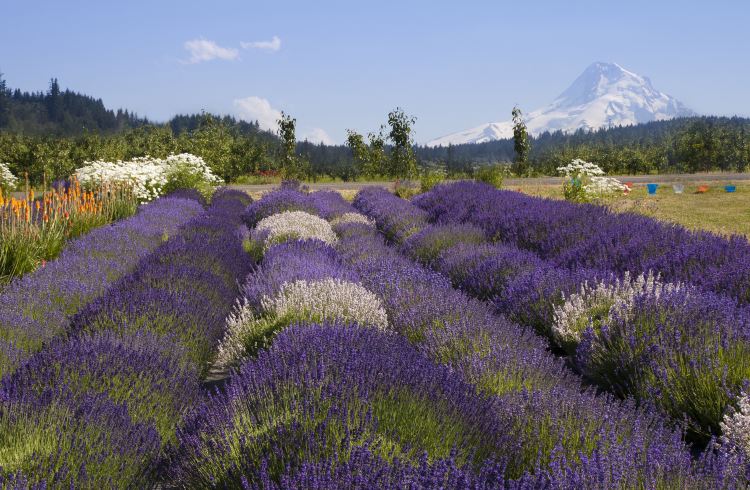
But fall is our time to go and we home in on apples. The Kiyokawa Family Orchards in Parkdale, a small farming community, is typically our first stop. The family has strong Japanese roots after the family’s patriarch emigrated to Oregon in 1905. I’ll put my daughter on my shoulders so she can grab the highest fruit. The Asian pears and Hokotui apples are always a hit.
You can easily spend a weekend up here and next time we will. We’ll hit the Fox-Tail Cider and Distillery and swing by Hope Ranch Lavender for its fragrant bottles of massage oils. The wineries almost outnumber the farm stands, but I’ll save that trail for another time.
Related articles
Simple and flexible travel insurance
You can buy at home or while traveling, and claim online from anywhere in the world. With 150+ adventure activities covered and 24/7 emergency assistance.
Get a quote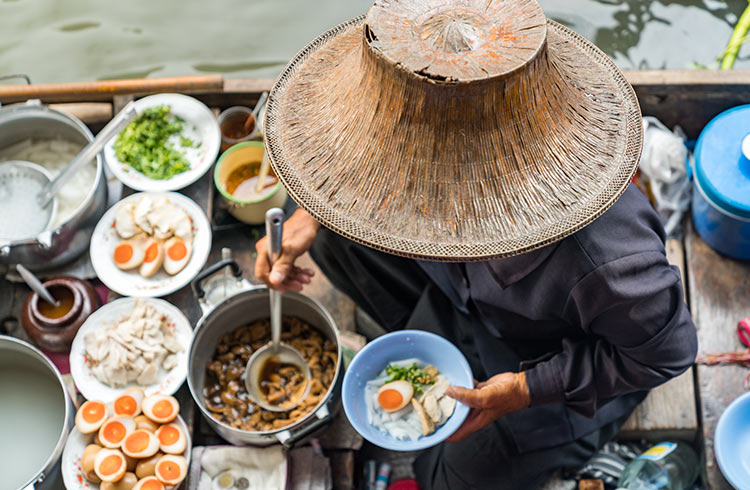
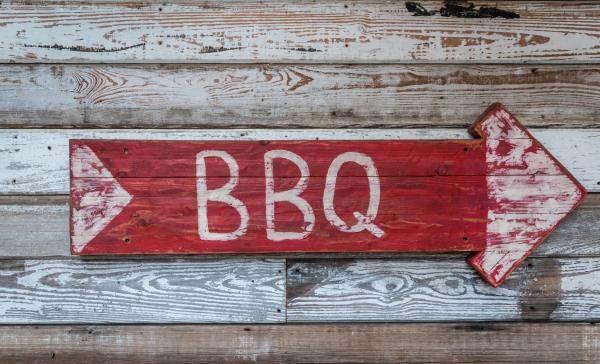

No Comments